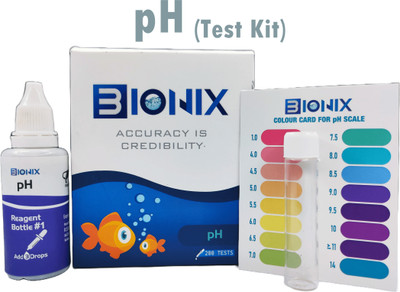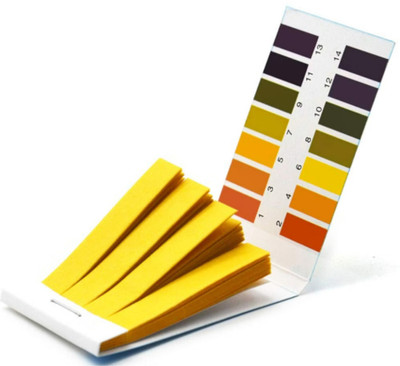

Freedom Sale starts in06 hrs : 12 mins : 21 secs
Vehemence Ph Drop for Ph Testing, Ph liquid Water Testing with Ph meter Color Chart(5 ml) pH Indicators
Share
Vehemence Ph Drop for Ph Testing, Ph liquid Water Testing with Ph meter Color Chart(5 ml) pH Indicators
4.3
15 Ratings & 1 ReviewsSpecial price
₹96
₹499
80% off
Available offers
T&C
T&C
Warranty
N/A
Delivery
Check
Enter pincode
Delivery by19 Aug, Tuesday
?
if ordered before 5:59 PM
View Details
Services
- N/A
- Cash on Delivery available?
Seller
Description
A pH drop refers to a decrease in the pH level of a substance or solution. pH is a measure of the acidity or basicity (alkalinity) of a solution, with a pH of 7 being neutral, lower values indicating acidity, and higher values indicating basicity. A pH drop indicates that the solution has become more acidic, typically due to an increase in the concentration of hydrogen ions (H+) in the solution.
A pH drop can occur naturally or artificially, depending on the situation. For example, in some food and beverage products, a pH drop may occur due to the natural fermentation process, which produces acids that lower the pH. In other cases, a pH drop may be induced intentionally, such as in the case of some chemical reactions, laboratory experiments, or industrial processes that require acidic conditions.
It's important to note that a pH drop can have significant effects on the properties and behavior of a substance or solution. For example, a pH drop in water can make it more corrosive, while a pH drop in some skincare products can increase their effectiveness in exfoliating and brightening the skin. Understanding the pH of a substance and how it can change over time is important in many fields, including chemistry, biology, and environmental science.
Read More
Specifications
General
| Brand |
|
| Model Number |
|
| Type |
|
| Measuring Range |
|
| Accuracy |
|
| Temperature |
|
| Power Source |
|
| Battery Life |
|
| Other Features |
|
| Net Quantity |
|
Dimensions
| Length |
|
| Width |
|
| Height |
|
| Weight |
|
Warranty
| Warranty Summary |
|
| Service Type |
|
| Covered in Warranty |
|
| Not Covered in Warranty |
|
Ratings & Reviews
4.3
★
15 Ratings &
1 Reviews
- 5★
- 4★
- 3★
- 2★
- 1★
- 11
- 1
- 1
- 1
- 1
5
Terrific purchase
Good
READ MORESailesh Kumar singh
Certified Buyer, Dibrugarh
6 months ago
0
0
Report Abuse
Be the first to ask about this product
Safe and Secure Payments.Easy returns.100% Authentic products.
Back to top












